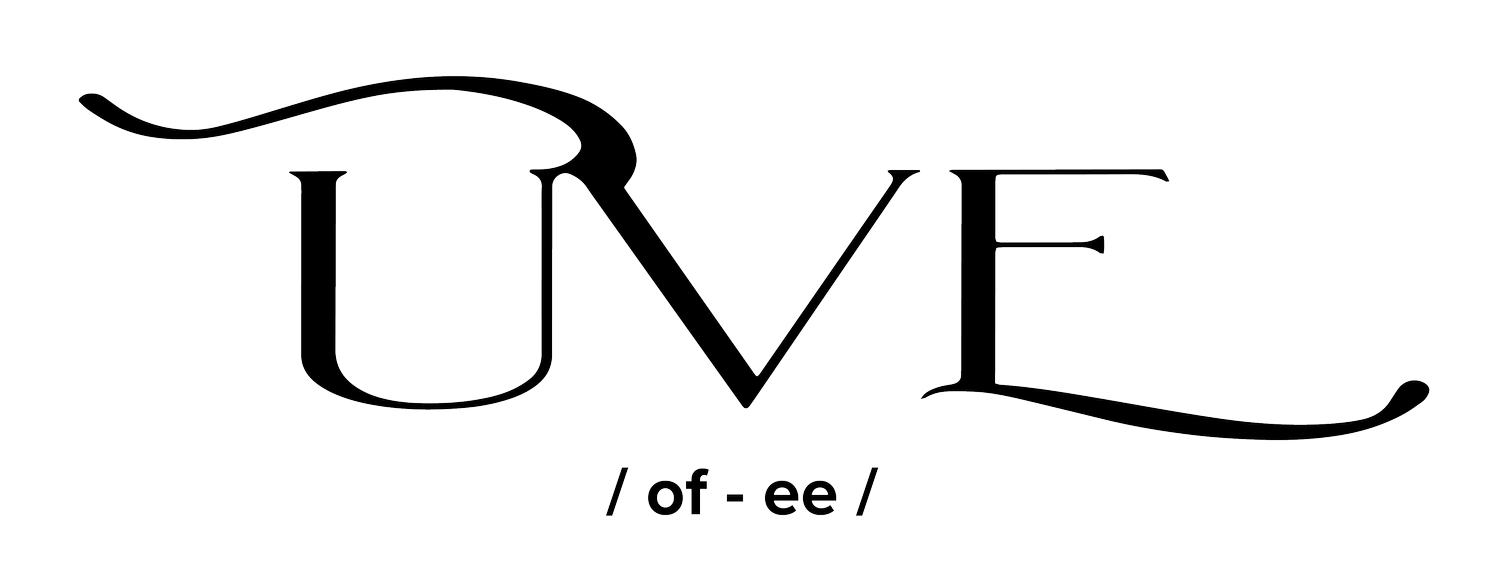EOV Partner Spotlight: Keystone Land and Livestock
Matthew Rose-Stark — Keystone Land and Livestock
Keystone Land and Livestock, co-founded by Matthew Rose-Stark and Riley Steidlmayer, is a custom, organic grazing business with a unique business model. Keystone owns neither land nor livestock, instead they collaborate with land owners and livestock producers to offer custom grazing services during the active growing season in Sutter County, California.
Riley Steidlmayer, co-founder of Keystone Land and Livestock, and her Kelpie
The Sutter Buttes are a small volcanic mountain range in the middle of the Sacramento Valley. They are a sacred place to the Nisenan and Patwin people whose ancestral lands surround them and who know them as "Histum Yani" and "Onolai-tol," respectively. They are a geological anomaly; surrounded by industrial agriculture for 20 miles on every side, they rise above almond orchards and rice fields to craggy peaks topping 2000 feet. Before the dams and levees were built, the valley would flood annually, and the Buttes would become an island for months on end, making a refuge for animals and people alike. We run cattle on 2650 acres on their west side consisting of rolling rocky hills, rich valleys, steep canyons, and oak savannas. It's a unique and beautiful place that we are honored to steward.
Under set stock management March 29, 2022
The land has been historically overgrazed and set stocked for decades. As a result, most of the ranch was grazed down to dirt by the end of the year.
April 7th, 2023
"These differences are a function of both a change in management and an increase in precipitation in 2023.” Matthew Rose-Stark
Through proper adaptive management, we are working to return abundance, biodiversity, and ecological function to the land. We envision a landscape that is full of native bunch grasses, young oak trees, abundant wildlife, healthy waterways, and healing gullies and head-cuts. We hope to build community with local land stewards and consumers around the shared work of ecological restoration through the production of nutrient-dense beef.
As a business that doesn’t own land or livestock, we depend on mutually beneficial relationships with both landowners and cattle suppliers who value the work we do for the health of the land and cattle. We are also supported in our work by a number of stellar organizations. We received help formulating our lease through California Farmlink. We are collaborating with Point Blue as part of their monitoring as part of their Rangeland monitoring network and their Range C program for measuring carbon in grasslands. We are also collaborating with Audubon conservation ranching to develop a habitat management plan to support grassland birds.
The Savory Institute has been crucial to our success by providing us with a producer grant that covers the cost of their full suite of courses along with initial monitoring for their Ecological Outcome Verification program. We also have gotten funding for a ranch-wide water system through the NRCS EQIP program. Finally, there have been friends and family who have been incredibly supportive over the last two years in getting our business off the ground including Byron Palmer, Ben Sims, Paigelynn Trotter, Dash Weidhofer, and Marty Steidlmayer.
Though our application of Holistic Management is always a work in progress, the core principles have been critical in developing our business and managing it through this first year. The grazing planning process has provided us with an invaluable tool, that lets us both plan for the recovery we want and adapt to the ever-changing realities of on-the-ground management.
When we took the ranch over it was managed as one enormous pasture, grazed continuously and severely from December through May. This first year we have cut the stocking rate by half, though we expect to increase it significantly in the next few years, and broken the ranch up into 8 different pastures, often further subdivided by electric fence, which we move the cattle through in a single herd. The results after a single year have been incredibly encouraging. Having just reached the end of the season, I estimate that 90% of the soil has good cover and feed stockpiled for next winter. Last year, before we began managing holistically I would estimate ground cover at 20%.
I love this ranch, this mountain, and all the plants and animals who call it home. We’re fortunate enough to call it home as well. If in some small way, we can increase the amount of life on this land and support more biodiversity, store more water in the soil, keep the ground covered with litter, and growing plants. If through our management we can leave this place better than when we got here, that seems like a profoundly rewarding way to spend our time.
Follow along with Keystone Land and Livestock’s journey on Instagram @mattrosestark




